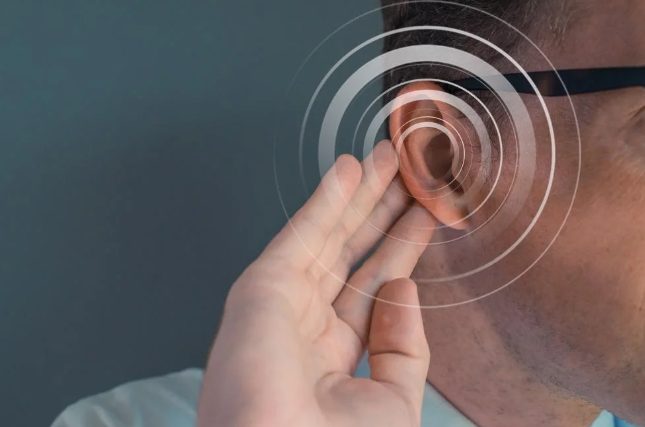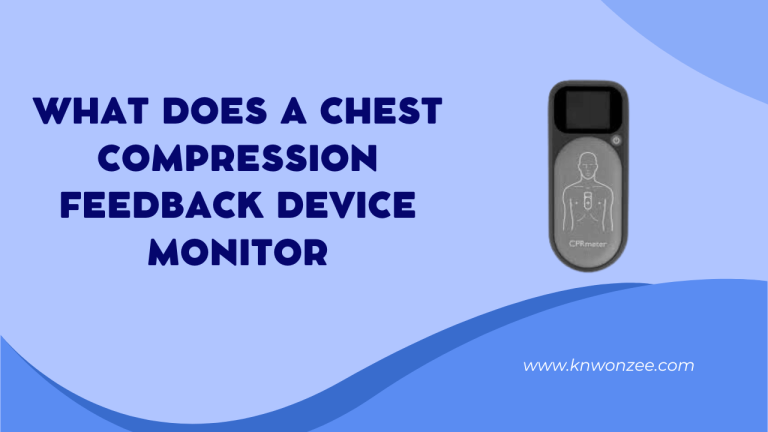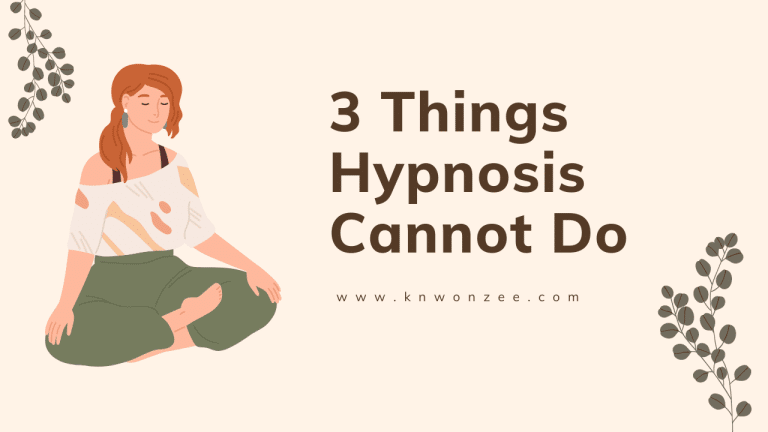Auractive: All You Need to Know

Auractive is a revolutionary development in the field of auditory technology that heralds a new age of Over-the-Counter (OTC) hearing aids. These technologies have a greater significance than previously thought, changing the way that people think about solutions for hearing loss. Individuals are empowered by over-the-counter (OTC) hearing aids that effortlessly combine performance and aesthetics, such as the ground-breaking Auractive. This article examines Auractive’s main features and highlights how it is influencing the development of a new age in auditory wellness.
Auractive and other over-the-counter hearing aids represent a paradigm shift in the field of hearing support, moving beyond utilitarian design and towards a more comprehensive approach. It’s about creating a 24/7 aural experience that blends visual appeal with acoustic brilliance, not just about helping those with hearing loss. Let’s examine the key elements that make Auractive so revolutionary.
Firmware Development
Iterative design improvements are the first step towards continuous improvement. Ongoing assessments of over-the-counter hearing aids, such as the Auractive series, take user feedback and technological improvements into account. With this iterative process, every iteration is guaranteed to outperform the last, improving performance by fine-tuning both the underlying technology and the physical design.
At the forefront of the process of improvement are the users. Regarding comfort, functionality, or the general user experience, manufacturers actively seek out and incorporate consumer feedback. By allowing users to influence how their hearing aids develop, this cooperative method promotes a sense of satisfaction and ownership.
Technological breakthroughs are part of continuous improvement. New technologies that are developed for the auditory landscape are frequently included into over-the-counter hearing aids.
User Assistance
Providing a wealth of instructional resources is the first step towards providing holistic user assistance. Consumers can better grasp the features of their over-the-counter hearing aids by using the extensive manuals, tutorials, and educational materials that are available to them. This pedagogical method fosters self-assurance and self-sufficiency in users, advocating for a round-the-clock approach to hearing health.
In addition to problem solving, manufacturers offer proactive, round-the-clock maintenance advice. This covers general maintenance, cleaning, and storing advice to extend the life and functionality of over-the-counter hearing aids. Giving consumers the know-how to take care of their gadgets improves their experience with it all.
Developing the Future of Auractive
Manufacturers can gain valuable data by reading user reviews. Users’ open feedback provides a complex picture of their experiences, preferences, and difficulties. This priceless data serves as a catalyst for ongoing development, guiding the advancement of over-the-counter hearing aids auractive 24 hours to better suit the requirements and expectations of users.
User reviews validate performance in the real world. Hearing aid users provide a useful insight into how these devices function in daily life by sharing their experiences in a variety of settings. By providing a window into the real advantages and difficulties of using over-the-counter hearing aids, this genuineness fosters trust among prospective customers.
Summary
In summary, Tech Pattern claims exploring the world of Auractive over-the-counter hearing aids is an adventure that goes beyond convention. These gadgets are a living example of our dedication to innovation, user-centered design, and ongoing development. An emphasis on accessibility, user-friendliness, and regulatory compliance highlights a dedication to safety and diversity.
OTC hearing aids are being redefined by creative marketing techniques from being merely medical gadgets to vital lifestyle companions. A societal shift has occurred wherein wearing over-the-counter hearing aids is not only accepted but celebrated. This is a result of the de-stigmatization of hearing loss, positive marketing, and relevant storylines.






